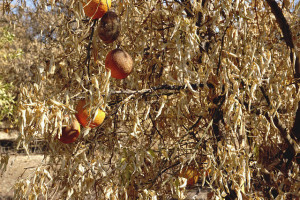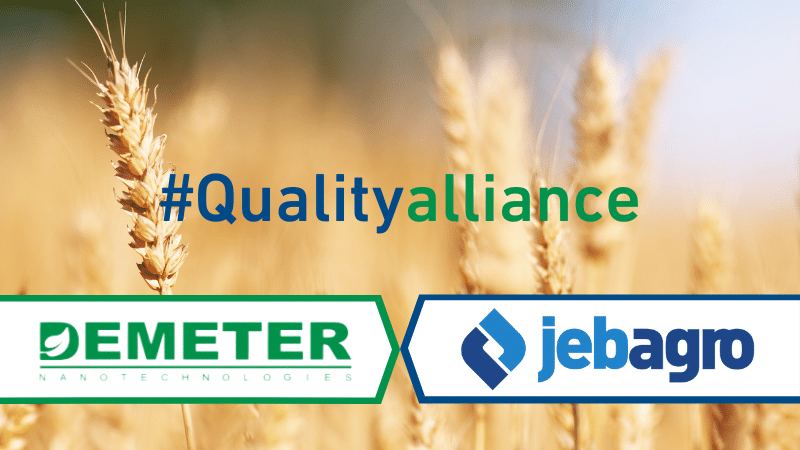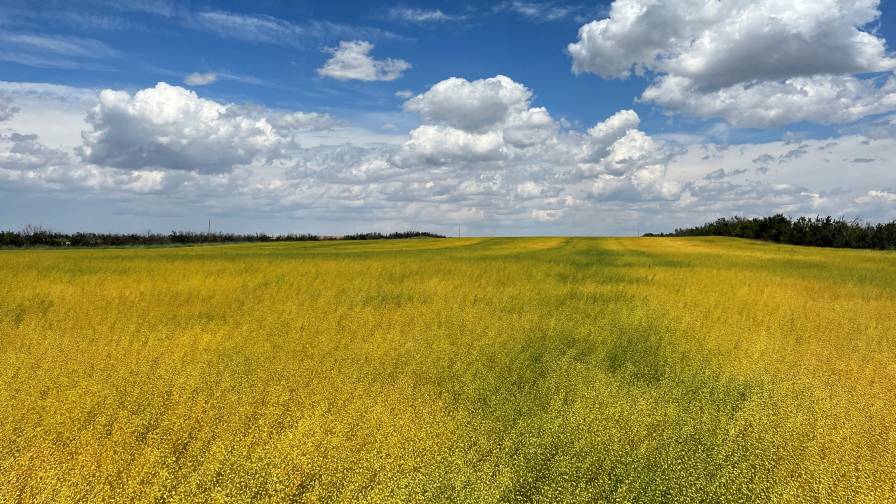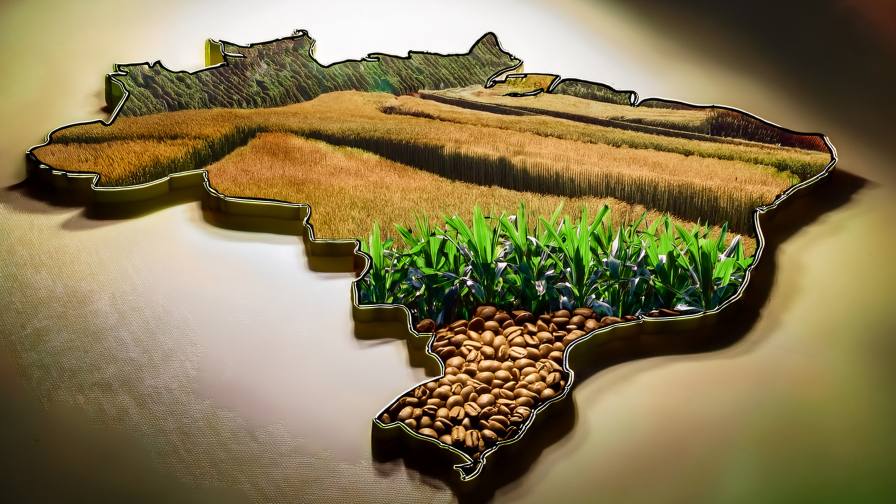USDA Study Tackles Agriculture’s Adaptation to Climate Change

Drought damage on the Fresno Harlen Ranch in Fresno, CA in 2014. USDA photo by Cynthia Mendoza.
Climate change is likely to increase demand for new crop varieties with better resilience to stresses such as heat, drought, pests and diseases. But finding new genetic traits that can facilitate adaptation – and incorporating them into commercially successful varieties – is time-consuming, expensive and technically difficult, a problem that a new study from the United States Department of Agriculture’s Economic Research Service addresses.
The study, “Using Crop Genetic Resources To Help Agriculture Adapt to Climate Change: Economics and Policy,” says that in recent years, demand for crop genetic resources from the U.S. National Plant Germplasm System (NPGS) has increased rapidly, even as the NPGS budget has fallen in real dollars.
“Because of insufficient private incentives, public-sector investment in the use of genetic resources will help determine the agricultural sector’s ability to maintain crop productivity,” it states. The study’s authors, Paul Heisey and Kelly Day Rubenstein, found, however, that factors such as intellectual property rules for genetic resources and for research tools, or international agreements governing genetic resource exchange, have the potential both to promote and to hamper greater use of genetic resources for climate change adaptation.
The authors conclude that two kinds of technical change could reduce the costs of using genetic resources and thus increase their use for climate-change adaptation: 1. Improvements in genetic resource collection, conservation, characterization and evaluation methods (e.g., through geographic information systems for predicting adaptation based on spatial information and DNA genetic marker analysis), and 2. Increased efficiency in incorporating valuable genetic traits into commercial crop varieties (e.g., through genetic markers linked to genes and gene segments that govern desired traits).






